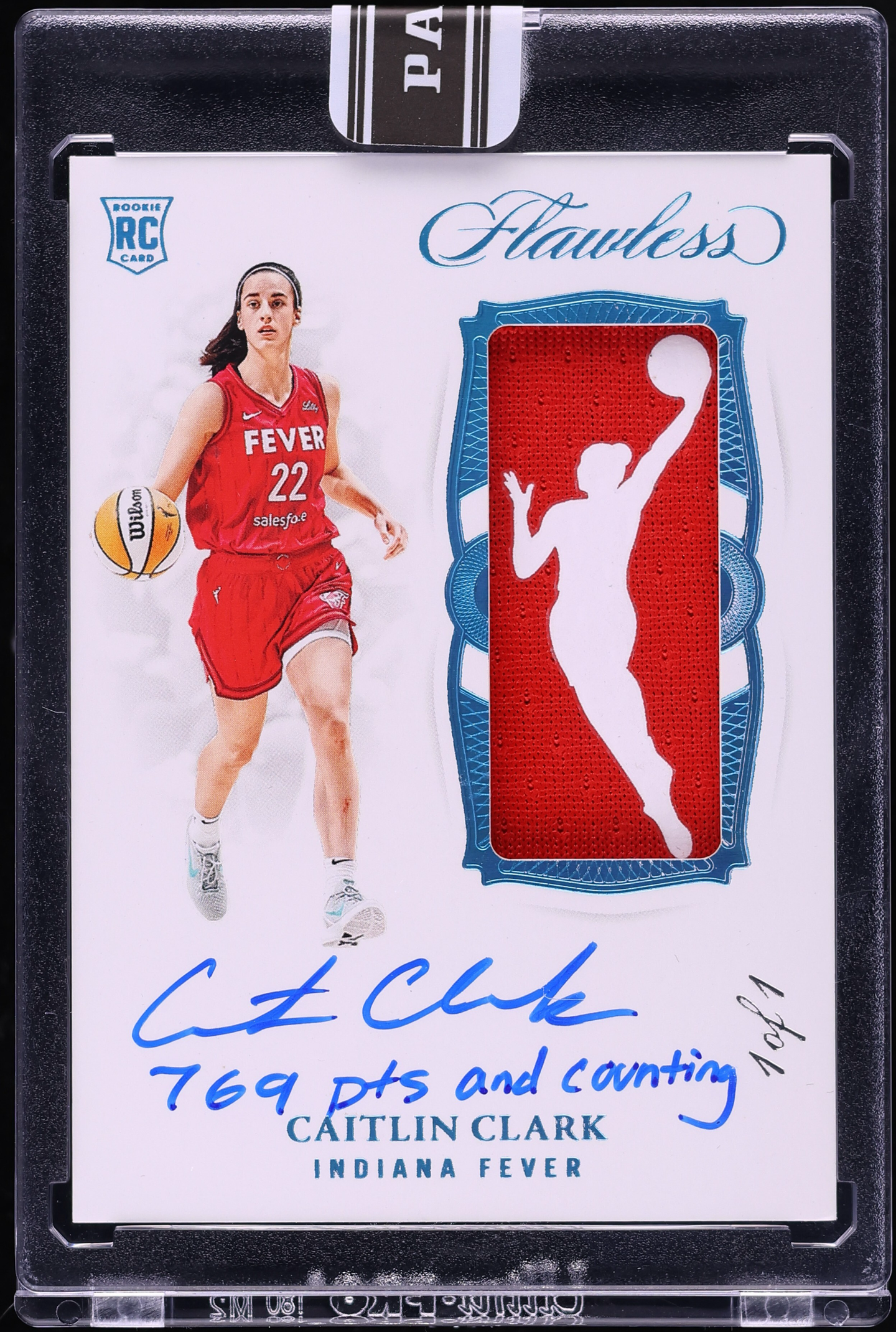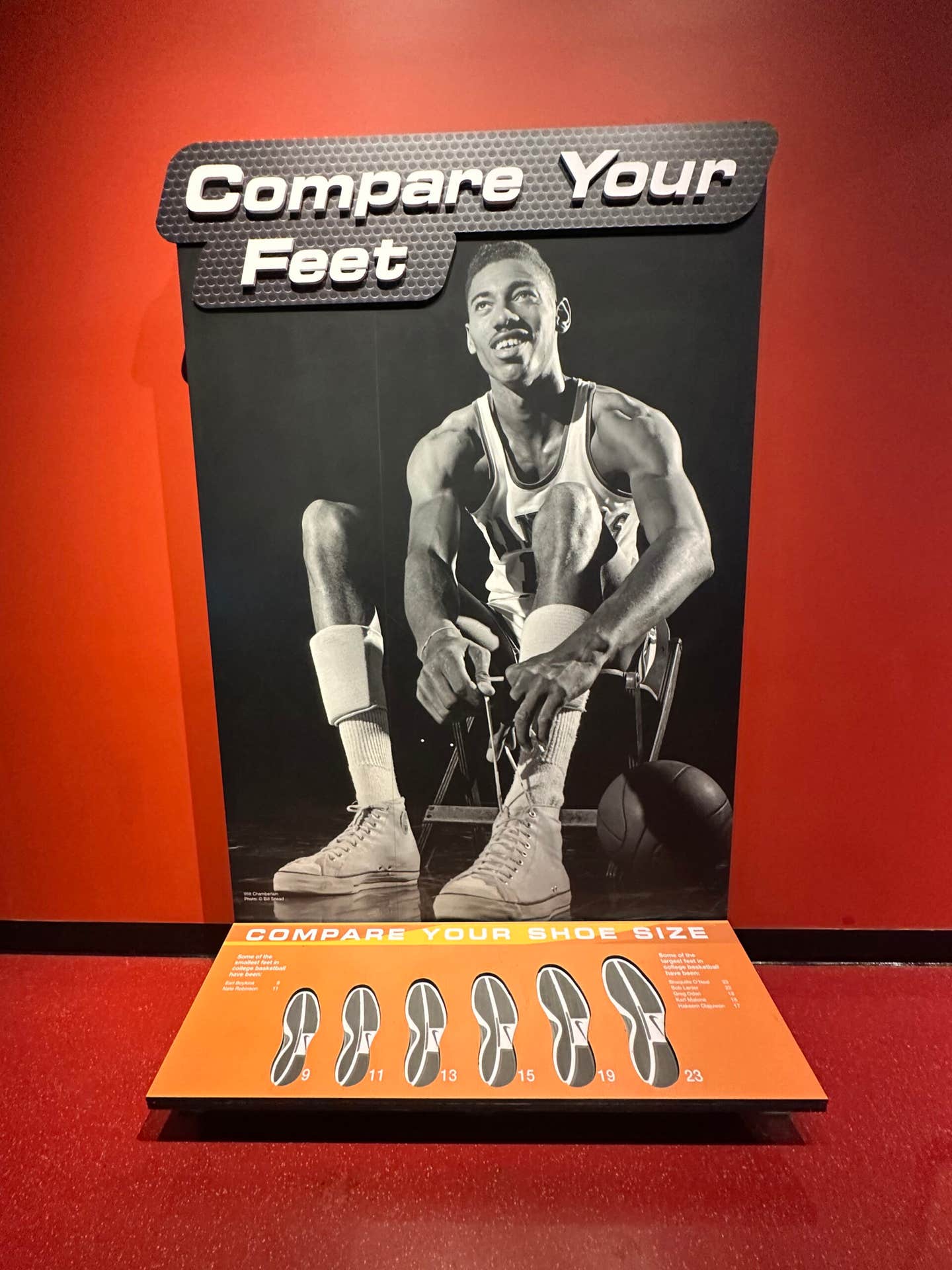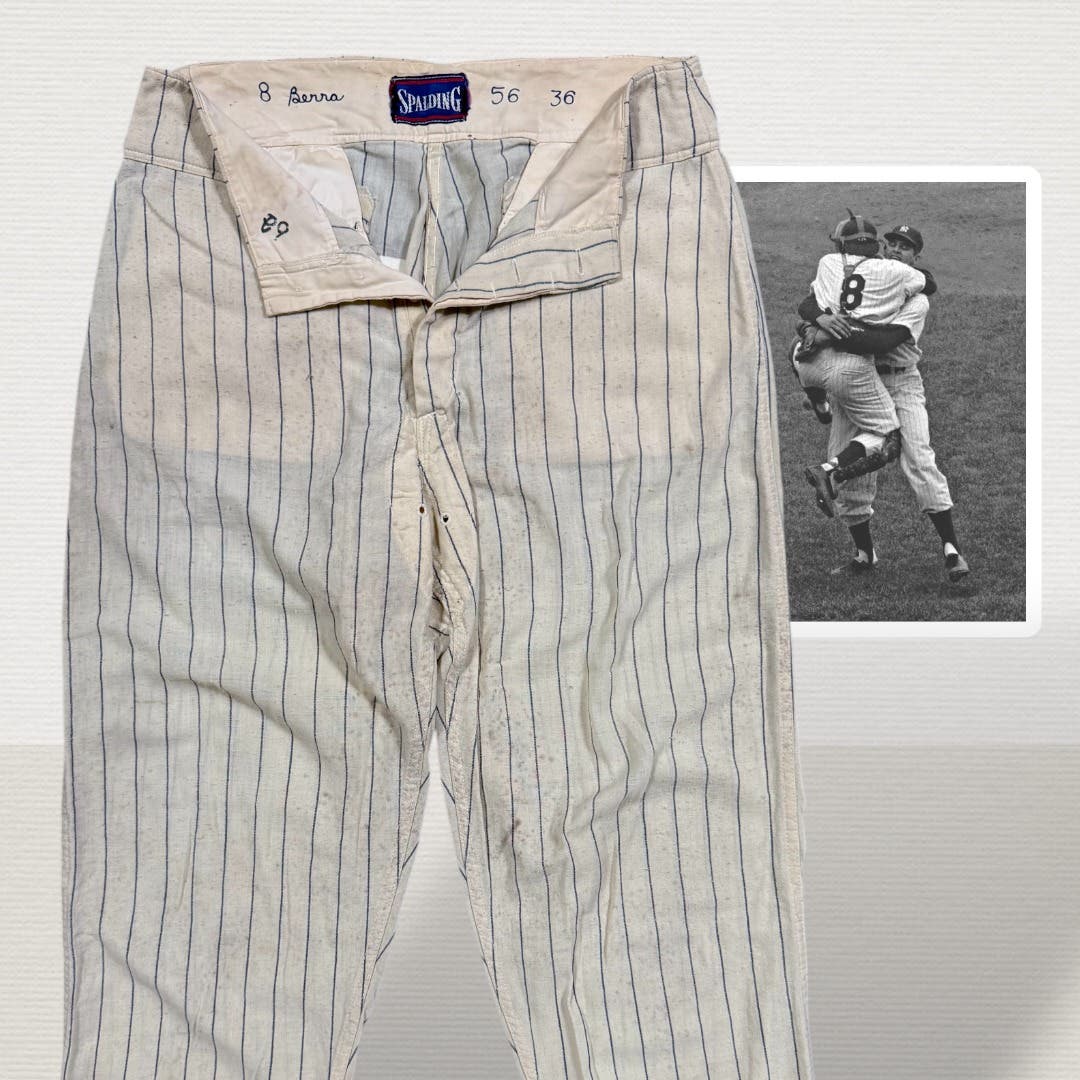Memorabilia
Jefferson Burdick’s legacy lives on at the MET
By Mark Del Franco
Jefferson Burdick, considered the father of baseball cards, never attended a Major League Baseball game. Then again, when you begin to learn about the former electrician from Syracuse, New York, Burdick’s fandom may be the least surprising of all.
Card enthusiasts know Burdick’s story well. Born in 1900, Burdick dutifully amassed more than 300,000 pieces of trading cards, post cards, cards depicting actors and actresses, and of course, baseball cards. Lots and lots of baseball cards, nearly 30,000 to be exact. To collectors, Burdick is a true pioneer.
It’s been written that Burdick became fascinated by the cards contained in his father’s tobacco cartons. Once hooked, he set out to collect every baseball card ever printed. He wrote about cataloging baseball cards in The American Card Catalog (ACC), which is still used today by collectors and dealers. Even if you don’t know Burdick by name, you probably know the famous baseball card sets that got their names thanks to him: The T206, T205, E93, M116 and R313.
New York City’s famed Metropolitan Museum of Art – where Burdick’s entire collection is housed – is working to digitally archive Burdick’s entire collection so that future generations can enjoy the collection online.
Because Burdick resonates more than 50 years after his death, Sports Collector’s Digest paid a visit to the Met to study the collection and learn about how the Met is digitally preserving these cardboard artifacts.
The visit
Located in the heart of Manhattan, along the city’s famed Museum Mile, the Met was jam-packed with tourists, sight-seers and art enthusiasts seeking to find a Picasso, Renoir or Degas.
After a few minutes walking through the museum, we arrived at the American Wing. There, on the wall were 16 picture frames containing some of the rarest baseball cards in existence.
Among them were the following: ZeeNut Series (1911), Colgan Gum Co.’s Stars of the Diamond (1909-1911), Cracker Jack (1915), right on up to the first Topps issue in 1952 to Bowman Gum Co.’s color series from 1953. All the greats are represented: Joe DiMaggio, Christy Mathewson, Lou Gehrig, Babe Ruth and, of course, Mickey Mantle. (Although it’s probably not THE Mantle you’re thinking of as Burdick did not own the Mick’s iconic Topps issue from 1952.
The baseball cards are the by-product of more than 500 albums amassed over his lifetime.
The albums contain full sets such as the famous Bowman Gum series of 1951, which includes Mantle’s rookie card, and Topps’ flagship 1952 baseball card set.
The Burdick Collection includes probably the most sought-after card in the industry: the T206 Honus Wagner (issued between 1909 to 1911). The Wagner card, however, was not part of the exhibit on the day of our visit.
Albums contained partial and full baseball card sets pasted into the albums – a practice considered anathema to today’s condition-conscious collectors.
Although Burdick was prescient enough to use archival glue, making it easier to remove the cards from the album.
“The glue (Burdick) used back then was archival glue,” said Egle Zygas, spokesperson at the Met. “So, if we wanted to [remove] something from a page we could…but we never do.”
Alison Rudnick, assistant curator in the department of drawings and prints, explained that what’s depicted inside the framed supports was heavily influenced by how Burdick placed them in his album collection.
She said some of the supports were album sheets reflecting Burdick’s placement of the cards in albums. Others were cards culled individually from album sheets and arranged on an archival board. To keep the Burdick Collection fresh for public viewing – as well as to limit light pollution – the collection is rotated every six months. According to Rudnick, even The Met’s subtle gallery lighting contributes to picture degradation over time.
According to Rudnick, the cards tell a history of popular printmaking in the United States. The baseball cards document the sport through varied types of media – from lithography to photography – with imagery illustrating legends as well as the lesser-known players, owners, and teams that have contributed to the history of the game.
Backstory
The story of how Burdick’s collection got to the Met in the first place is nearly as interesting as the baseball cards themselves. Legend has it that Burdick contacted the Met about obtaining his collection in the 1940s, but was first turned down.
Eventually, A. Hyatt Mayor, then-curator of prints and photographs – and Burdick’s equal when it came to valuing prints and ephemera – became enamored with the idea of the Met hosting the collection.
For Mayor, (the collection) served as a sort of encyclopedia of social history; for him, there could be no clearer inventory of the range of interests of a given time and place.
“(Mayor) wanted these cards to be shown alongside a Rembrandt,” Rudnick said.
However, there was a caveat. Burdick needed to organize the collection. Beginning in 1947 right up until his death in 1963, Burdick sent more than 500 albums to the Met. And for a short time, Rudnick said, Burdick moved to New York City to help with the effort shortly before his death.
It was an undertaking as Burdick’s vast collection far outnumbers the baseball cards. It includes a set of postcards produced to commemorate the Chicago World’s Fair in 1933. Entitled “A Century of Progress,” the postcards celebrate Chicago’s centennial celebration through technical innovation.
Burdick’s collection of printed ephemera serves as source material for endless research in fields as varied as sociology, anthropology, sports history, engineering, urban planning, medicine, material culture and gender studies.
“It wasn’t simply about sports for him,” Rudnick said. “It was about the ephemera.”
Digital preservation
You might think that an institution that handles Rembrandts and Renoirs would be well-accustomed to handling a few hundred albums containing rare cardboard.
Not exactly, Rudnick explained.
“The biggest challenge for us is resources,” Rudnick said.
Simply put, digitizing the cards is more complicated than simply snapping photos.
Because Burdick’s cards are decades old – and susceptible to damage – only staff is allowed to handle them. Therefore, the process is extremely time-consuming.
“We have catalogued around 42,000 objects in the Burdick collection – roughly 14 percent of the collection.”
The Met takes great pains to ensure the albums comprising Burdick’s Collection remain the same as Burdick intended.
Still, there are many challenges to preserving this effort – not the least of which involves the painstaking process of digitally reproducing each card, she said.
Just the same, digitizing the collection not only preserves a bygone era but ensures that Burdick’s collection will live on for generations to enjoy.
Mark Del Franco is a freelance contributor to Sports Collectors Digest and can be reached at mark.delfranco@gmail.com.








